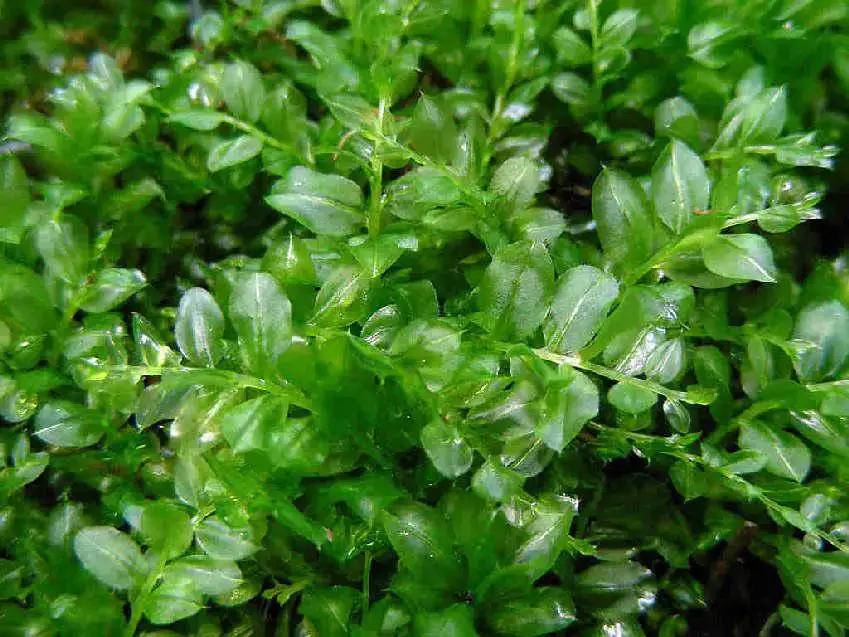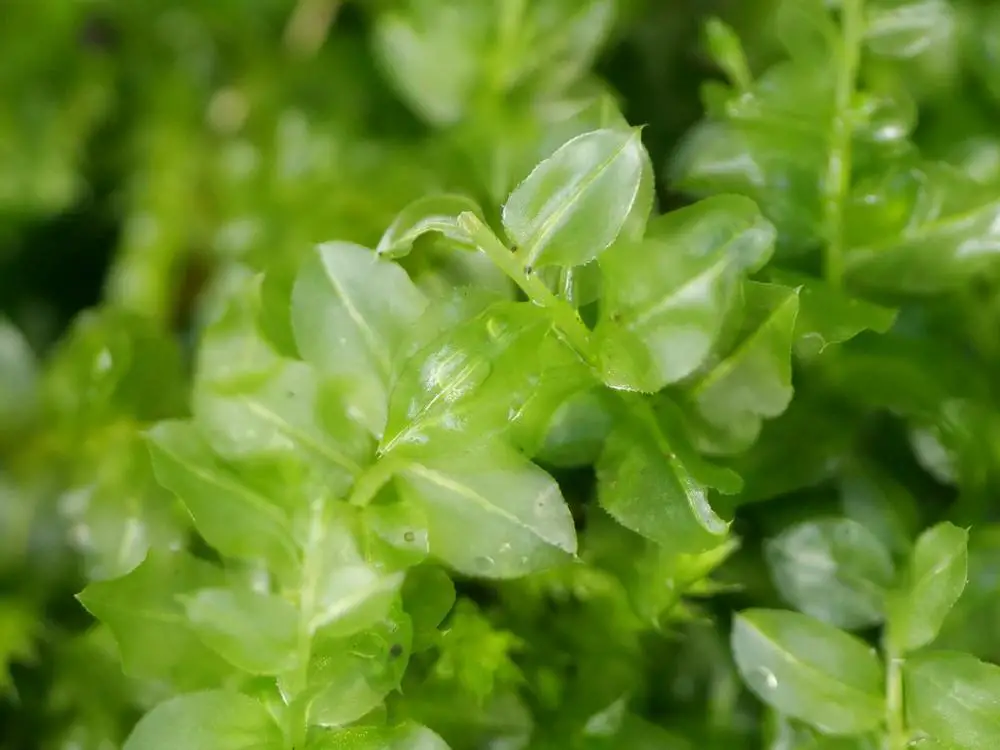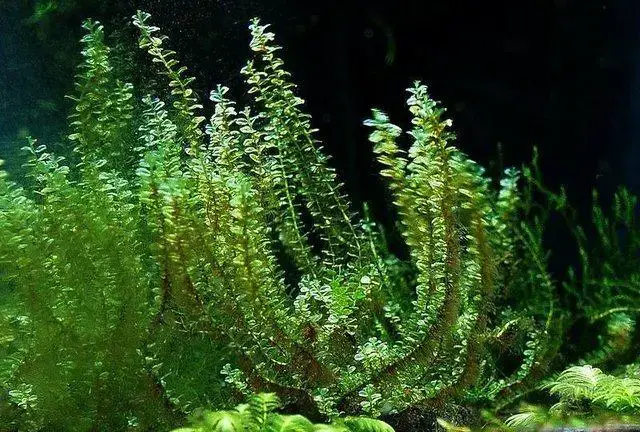
matus_skutka_252644.jpg from: https://www.nahuby.sk/obrazok_detail.php?obrazok_id=252644
Introduction
In the vast and captivating world of bryophytes, the Plagiomnium affine (Blandow ex Funck) T.J.Kop. moss stands out as a true marvel of nature. Belonging to the Mniaceae family, this unassuming yet fascinating plant has captured the hearts of moss enthusiasts worldwide. Let’s delve into the intricate details of this remarkable species, exploring its unique characteristics, global distribution, and ecological significance.
Background
Before we dive into the specifics of Plagiomnium affine, it’s essential to understand the broader context of bryophytes. These non-vascular plants, which include mosses, liverworts, and hornworts, are often overlooked but play a crucial role in various ecosystems. They are among the oldest land plants on Earth, dating back to the Paleozoic era, and have adapted to thrive in diverse environments.
Main Content
Morphology and Identification

Plagiomnium_affine_4c.JPG from: https://cisfbr.org.uk/Bryo/Cornish_Bryophytes_Plagiomnium_affine.html
Plagiomnium affine is a pleurocarpous moss, meaning its stems grow horizontally along the substrate. Its vibrant green hue and delicate, feathery appearance make it a true delight to behold. The leaves are ovate to lanceolate in shape, with a distinctive midrib running along their length. When mature, the moss produces capsules on slender setae, which aid in spore dispersal.
Global Distribution and Habitat
This remarkable moss species can be found across various regions of the world, including Europe, Asia, and North America. It thrives in moist, shaded environments, often growing on soil, rotting logs, or the bases of trees. Plagiomnium affine is particularly fond of cool, temperate forests, where it forms lush, verdant carpets on the forest floor.

32917730.jpg from: https://waarneming.nl/photos/32917730/
Ecological Roles and Adaptations
Despite its diminutive size, Plagiomnium affine plays a vital role in its ecosystem. It acts as a sponge, absorbing and retaining moisture, creating a microhabitat for other organisms. Additionally, its dense mats provide shelter and nesting materials for various invertebrates, contributing to the overall biodiversity of the area.
One of the remarkable adaptations of Plagiomnium affine is its ability to survive periods of desiccation. During dry spells, the moss can enter a state of dormancy, only to revive and resume growth when moisture returns. This resilience allows it to thrive in environments with fluctuating moisture levels.
mech_pearl_moss_(plagiomnium_cf._affine)_(in_vitro)_puszka_10cm_xxl-i-47547-1.webp from: https://sklep.roslinyakwariowe.pl/rosliny-akwariowe/wyglad-kolor/mchy-watrobowce/mech-pearl-moss-plagiomnium-affine-invitro-puszka-10cm-p-47547.html

62050866.jpg from: https://waarneming.nl/photos/62050866/
Case Studies/Examples

43995259.jpg from: https://waarneming.nl/waarneming/view/227913861?_popup=1
In a recent study conducted in the Pacific Northwest, researchers discovered that Plagiomnium affine played a crucial role in maintaining soil moisture and preventing erosion in forested areas. The moss’s dense mats helped retain water and stabilize the soil, creating favorable conditions for other plant species to establish themselves.
Technical Table

plagiomnium-cf-affine-in-vitro-xl.jpg from: https://www.aquasabi.com/Plagiomnium-cf-affine

plagiomnium-affine-21-008134438c44779a2f15546633129564-640-0.jpg from: https://www.aqualeaf.com.br/produtos/plagiomnium-affine-pearl-moss/
| Characteristic | Description |
|---|---|
| Scientific Name | Plagiomnium affine (Blandow ex Funck) T.J.Kop. |
| Family | Mniaceae |
| Common Name | Plagiomnium |
| Growth Form | Pleurocarpous moss |
| Leaf Shape | Ovate to lanceolate |
| Habitat | Moist, shaded environments (forests, rotting logs, tree bases) |
| Distribution | Europe, Asia, North America |
| Ecological Role | Moisture retention, soil stabilization, microhabitat creation |

plagiomnium-cf-affine-in-vitro.jpg from: https://miniaqua77.com/plante-pour-aquarium/2550-plagiomnium-cf-affine-in-vitro-4260614762091.html
Conclusion
The Plagiomnium affine (Blandow ex Funck) T.J.Kop. moss, a member of the Mniaceae family, is a true testament to the beauty and resilience of bryophytes. Its delicate appearance belies its vital role in maintaining ecosystem health and supporting biodiversity. As we continue to explore and appreciate the wonders of the natural world, let us ponder this thought-provoking question: How can we better protect and preserve these often-overlooked yet invaluable species for generations to come?

Plagiomnium-affine-Invitro.jpg from: https://www.wasserpflanzenparadies.com/detail/index/sArticle/499